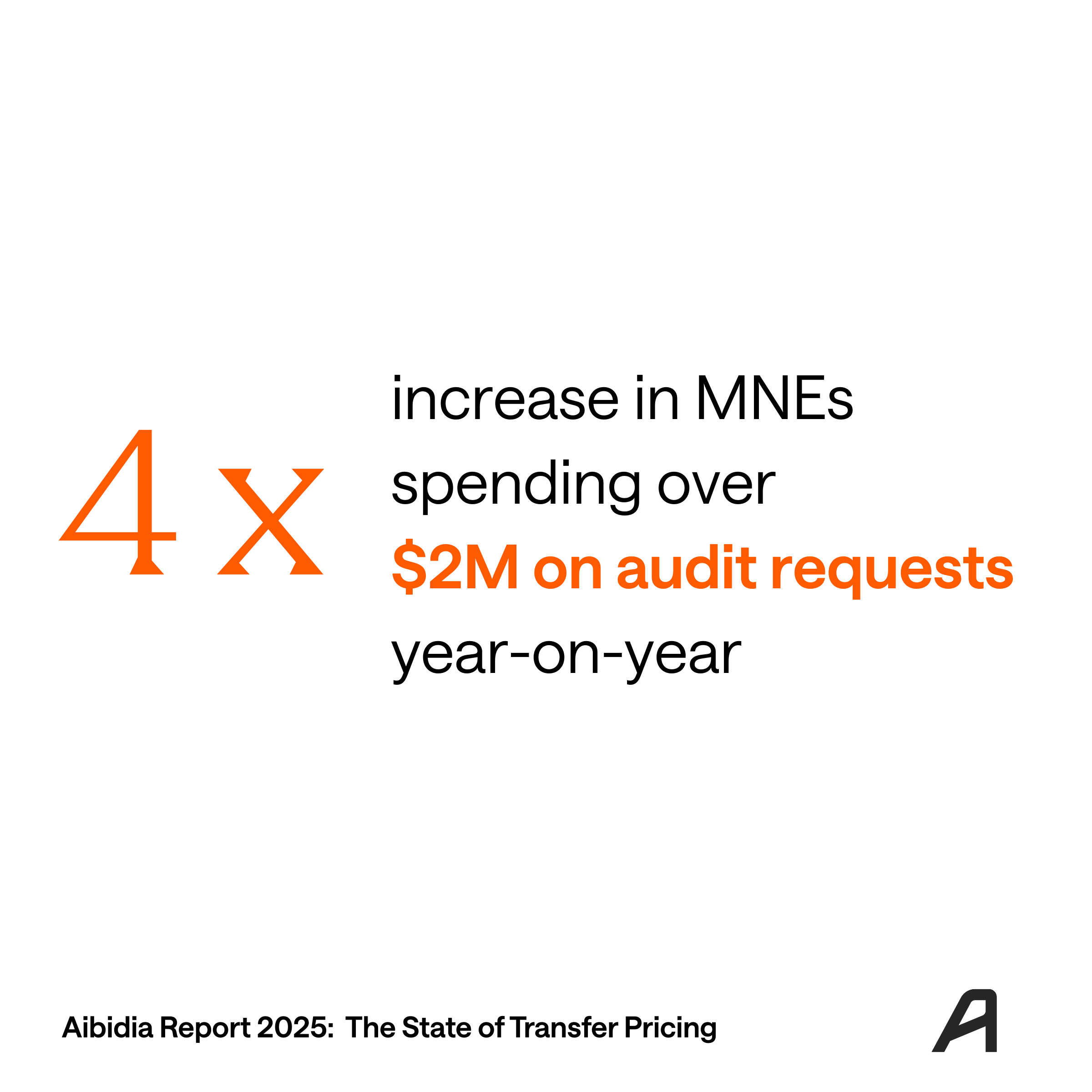Transfer pricing is one sub-function of tax that interacts and leverages the data from multiple functions/departments of MNE Groups, such as operations, finance, legal and human resources. Accordingly, designing and implementing the Operational Transfer Pricing (OTP) solution requires collaboration among various departments of the MNE Group, including the Information Technology (IT) department. Therefore, the success or failure of the OTP project depends mainly on how synced relevant departments are.
Before discussing how to design and implement OTP, first a short introduction to OTP and why is OTP so relevant for MNE Group these days?
What is OTP? And why is it so relevant?
There is no legal definition of the term operational transfer pricing or OTP. However, it simply means an accurate implementation of the transfer pricing policy in the financial and accounting records of the MNE group. Effective transfer pricing policy implementation translates into operational and financial outcomes that align with the designed policy and, consequently, with the arm's length standard. Furthermore, the right OTP assures that the agreed-upon transfer pricing policy is realistically working on the ground and across the group. In the transfer pricing lifecycle, OTP focuses on the price setting, monitoring and adjustments:

Typically, an OTP tool/ solution enables the automatic collection, validation, standardization, and categorization of system-based and non-system-sourced data in a single platform. The tool then analyses data to validate its alignment with the transfer pricing policy and generates an insightful dashboard for real-time monitoring of transfer pricing outcomes throughout the year.
The OTP is increasingly becoming relevant for MNEs due to the OECD base erosion and profit shifting (BEPS) recommendation on increased documentation, reporting and filing (including electronic filing) requirements. As a result, the tax administration can now access tremendous amounts of MNEs' data. With that, the focus of tax authorities has also shifted. They now evaluate whether the transfer pricing policies are accurately reflected in the financial results and are there an appropriate overall control framework to ensure that. However, historically, the ERP systems of MNEs are designed to generate data relating to business segments or for financial reporting purposes.
Therefore, they seldom provide the quality data required for transfer pricing analysis. The common observation is that the in-house tax team downloads the unstructured data from ERP systems and reworks it manually before sending it in a spreadsheet template to the headquarters or adviser for further processing. Handling a high volume of intercompany data on spreadsheets is not an intuitive process and is prone to human error. For these reasons, the OTP solution has become increasingly relevant for MNEs.
How to Evaluate, Designing and Implement OTP tool
Designing an OTP solution involves collaboration between various departments of the MNE Group. The tax/ transfer pricing team would typically lead the project, but a successful design and implementation require the involvement of other departments, particularly finance/ accounting, Information Technology (IT), and process improvement/ change (some large MNEs have teams to evaluate every change in the existing process).
Typically, the following steps are involved in evaluating, designing and implementing OTP solutions:
- Understanding the existing set-up:
The first step is to understand all (or important) inter-company transactions of the MNE Group and the existing process followed, including identifying key interfaces between different stakeholders and identifying their responsibilities.
- Gap analysis:
Identifying gaps in the existing process. There are multiple aspects to be analyzed at this stage to identify all possible gaps in the entire process. For example, there may be a gap in the level of data or the existing tool used or gaps in communication/ collaboration between departments.
- Suggestive measures:
After a detailed gap analysis, laying down all possible options for improving the process is the next step. This would also involve determining which parts of the process to automate and identifying potential challenges in effecting change.
- Design:
Based on the decision relating to areas of suggestive measures to be implemented, the next phase is to design the target state for the OTP model. In this phase, a new process would be designed around various aspects such as what data and in which form it would be collected, assigning the task to team members, determining target timelines, and assessing what tasks are low value-add or repetitive, which could be automated.
- Transition:
A transition plan, including change management activities, should be chalked out. This may involve handing over existing tasks to new process owners, defining new RACI matrices, etc.
Conclusion
While the OTP tool/ software is helpful to ensure that the actual financial outcomes of the MNE Group are in sync with the designed transfer pricing policy, designing and implementing the OTP tool requires a time commitment from various stakeholders and entails a cost for the MNE Group. Hence, the tax/ transfer pricing team of the MNE Group should first take a consensus from all the relevant stakeholders and also necessary budget approvals. Further, a detailed evaluation (as discussed above) should be done before investing in the OTP software. Typically, complex, high value and high-frequency transactions are suitable for considering OTP solutions.





%20(2).png)



.png)

.png)
.png)






.svg)
